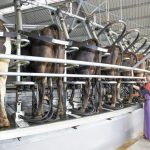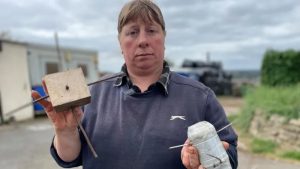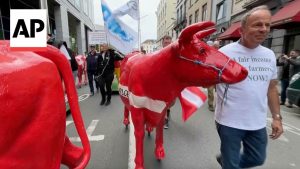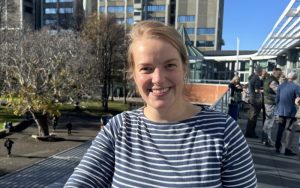
Dairy farmers across the EU fell short of covering their costs by 6% in 2023, according to the European Milk Board (EMB).
According to the group – which is made up of dairy farmer representative organisations, including the Irish Creamery Milk Suppliers’ Association (ICMSA) – the average rate of cost coverage in the last five years for EU dairy farmers was only 88%.
Commenting on the recent first meeting of the new Agriculture and Food Chain Observatory (AFCO) – which was set up by the European Commission this year partially in response to farmer protests at the start of this year – the EMB called on the observatory to use “fair calculation methodologies” in determining the cost of production.
It is understood that the aim of the first meeting of the AFCO was to create a framework for determining those methodologies.
According to the EMB, farmgate milk prices and subsidies are “still not enough” for cost-covering milk production.
“If you look at the EU figures since 2017, it becomes clear that a high-cost-coverage shortfall is the bitter everyday reality for farmers,” the group said.
According to the EMB, this shortfall ranged between 22% in 2018 to 6% in 2023. The only year in which average costs were covered was 2022.
Commenting on these figures, EMB president and Danish dairy farmer Kjartan Poulsen said: “This important information about producer margins must be used to finally introduce measures that usher in producer prices that ensure full cost coverage.”
The EMB has commissioned research into prices and costs “in order to inform the sector and the public at large”.
“The calculation methodology is very important because it is representative and, above all else, because is also includes an appropriate income for producers,” Poulsen added.
EMB vice-president Elmar Hannen said that the group “would be glad to share their fair calculation methodology with the EU so that it can finally make some real progress on the issue of cost coverage”.
“At no point should we lose sight of the fact that the ultimate goal of the observatory is to improve the position of producers along the value chain,” Hannen added.
“Farmers are leaving the sector in droves. It is impossible for the next generation to enter the sector due to the lack of any kind of profitability, and this means that food production in the EU hangs in the balance.
“If the observatory is to make a real contribution, then this goal cannot be torpedoed by other interests. Many different interest groups have sent representatives to the observatory.
“However, this should not mean that the goal of fair producer income is abandoned,” he added.
The EMB has called on the European Commission itself to chair the group so that “inconsequential results” are avoided.
“We expect the non-constructive contributions from stakeholders that have no interest in improving the position of producers will be called as such and that we will finally start working on full cost coverage prices for farmers,” Hannen said.
Poulsen added: “Farmers will not stand for this any longer. They have locked their sights on the observatory and the future reform proposals by the European Commission.
“If these aspects do not deliver, then there is a threat of EU-wide protests once again.”
You can now read the most important #news on #eDairyNews #Whatsapp channels!!!
🇺🇸 eDairy News INGLÊS: https://whatsapp.com/channel/0029VaKsjzGDTkJyIN6hcP1K

























